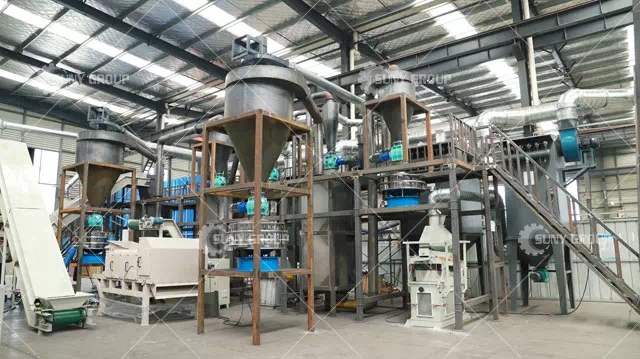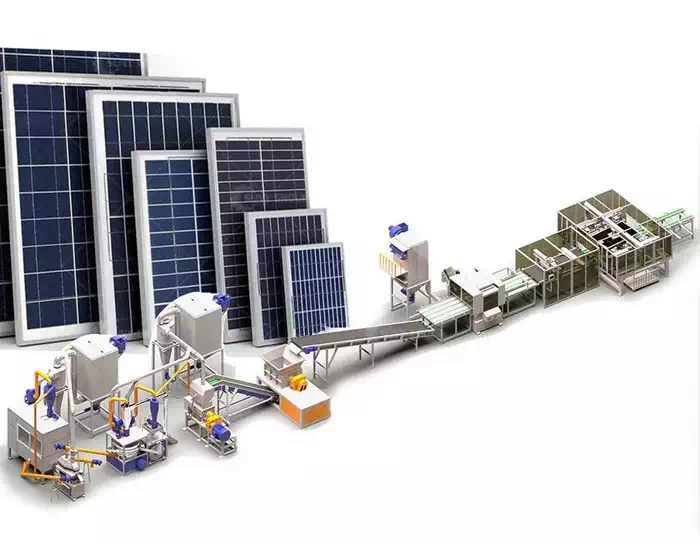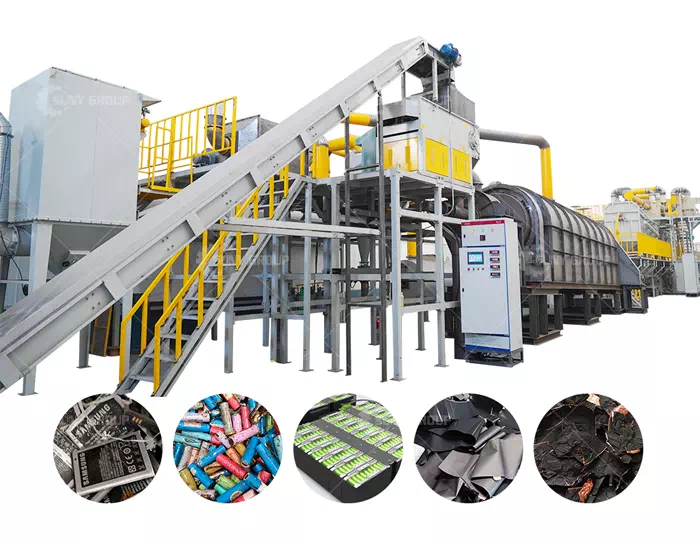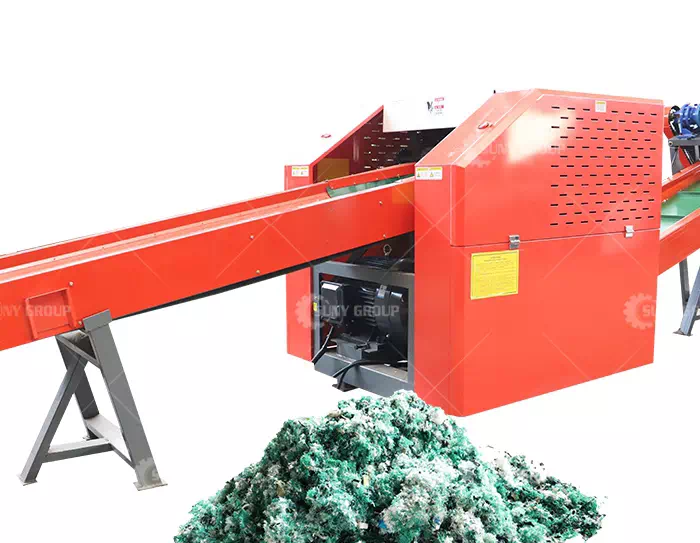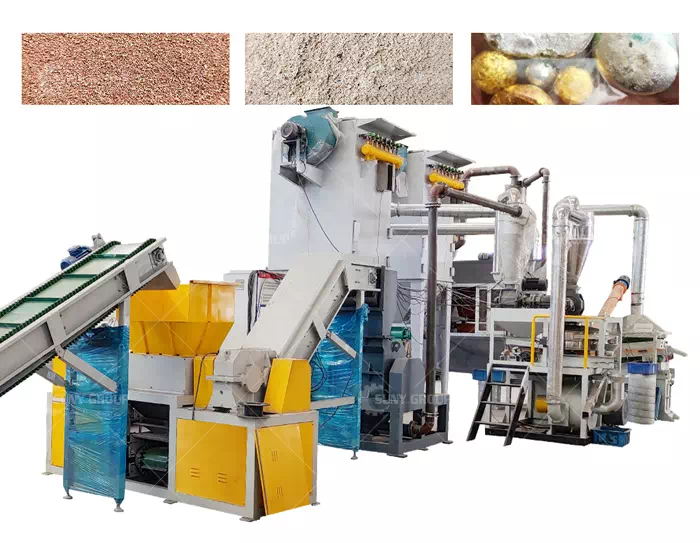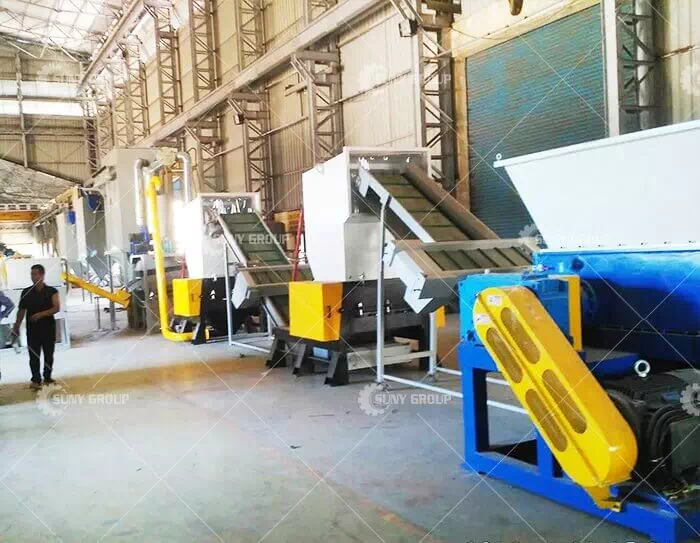Recycling and recycling technology of scrapped power lithium batteries
2021 is considered to be the first year of the retirement of power lithium batteries, and the track around the recycling and echelon reuse of power lithium batteries has become more and more hot. However, in this field, which is considered to be a blue ocean of hundreds of billions, the more valuable ternary lithium battery retirement tide is also coming. There is a better and more operational treatment plan for the treatment process of retired and scrapped lithium iron phosphate batteries and ternary lithium batteries.
First, the battery module is completely discharged, and the battery is broken and disassembled using anaerobic cracking equipment and solution tools. The positive electrode, negative electrode, electrolyte and diaphragm are disassembled and separated, and then the electrode material is leached and impurity removed, and the scrapped power battery is prepared into a power battery positive electrode material precursor through ion exchange, precipitation, adsorption and other processes. body. At present, the total recovery rate of core metals can reach more than 99%
Recycling and recycling technology of scrapped power lithium battery, lithium iron phosphate battery and ternary lithium battery treatment process is to enter the lithium battery into an oxygen-free cracking furnace through vacuum and add solvent to break it, and dissolve the electrolyte at the same time. In the closed space, the friction discharge is sent to the dissolver for electrolyte dissolution (this stage is also carried out in an environment without oxygen), and the dissolved material is filtered by volatilization. At this time, the dissolved liquid contains various materials such as metals. , sent to the hot volatilizer for volatilization, the volatilized materials are separated by positive and negative pressure air separation and magnetic separation to separate iron, diaphragm, copper, aluminum blocks and other raw materials, and the positive and negative materials and a small amount of plastic enter the high-speed friction decomposition machine. After the reaction is carried out, the plastics are separated through multiple groups of water-cooled aggregates and brushed gyratory sieves, and the remaining copper and aluminum particles are separated out by specific gravity sieves. Various materials are separated in water-cooled aggregates, screening, and specific gravity separation, and the polar powder removed from the polar pieces is then cracked to remove organic matter.
Part of the equipment principle of lithium iron phosphate battery and ternary lithium battery processing technology
Principle of high-speed friction equipment: The system is designed for multi-row blade friction, which generates strong airflow during high-speed operation, so that the materials collide and rub against each other, so that the positive and negative electrodes on the positive and negative plates fall off the metal foil, and the copper after falling off Aluminum naturally forms small round particles, the specific gravity of copper is large, the specific gravity of aluminum is small, the specific gravity of plastic is the smallest and the flexibility is good.
The principle of built-in oxygen-free pyrolysis furnace: the furnace is built-in, the materials are pushed back and forth in the furnace, the furnace jacket furnace occupies a small area, and the energy utilization rate is high. The electrolyte waste gas generated by the thermal volatilization of the battery is sent to the combustion system for combustion for heating and self-use, and then the excess waste gas generated by crushing and sorting is used for combustion and oxygen supplementation, so as to achieve comprehensive combustion and utilization of various waste gases. After the system is heated, simple treatment is carried out to meet the emission standards. This process does not require investment in the exhaust gas RTO regenerative combustion system with large operating costs and high operating costs.
Principle of organic solvent method (similar compatibility): The organic solvent dissolves the binder pvdf on the electrode, so that the lithium cobalt oxide falls off from the aluminum foil. The best solid-liquid ratio of its dissolution is 1.68g:10ml, and the solvent can be recycled through distillation. , and another N-methylpyrrolidone as a solvent, immersing the positive electrode at 120 degrees. Using the organic solvent method can effectively separate the polar powder and aluminum foil, and use the distillation method to reuse the solvent, but the cost of organic solvents is high, and the cost of equipment and operation are also high, making it difficult to realize an industrialized industry.
(Organic solvents include N-methylpyrrolidone (NMP), N,N-dimethylformamide (DMF) dimethyl sulfoxide) DMSO) acetone, etc. Because acetone DMSPO is volatile, NMP and DMF are better for organic adhesives . Considering the use of water-solvent adhesives in existing lithium-ion power batteries, water and ethanol were added to the adhesive screening.
The power batteries used in new energy vehicles are mainly lithium iron phosphate batteries and ternary polymer lithium batteries. With the increase in industry demand and the deepening of related research, the technical level of recycling and processing these two types of waste power batteries is gradually improving. . The recycling and reuse of waste ternary power batteries has high economic feasibility. Physical separation and recycling technology is a more suitable technology for ternary battery recycling. With the technology, lithium is no longer mined, but recycled.
Recommend products
CONTACT US:
If you have any requirement or suggestion, please fill in the form and send to us, thanks!E-mail:sunymachine@gmail.com | Whatsapp:+8613674945231


